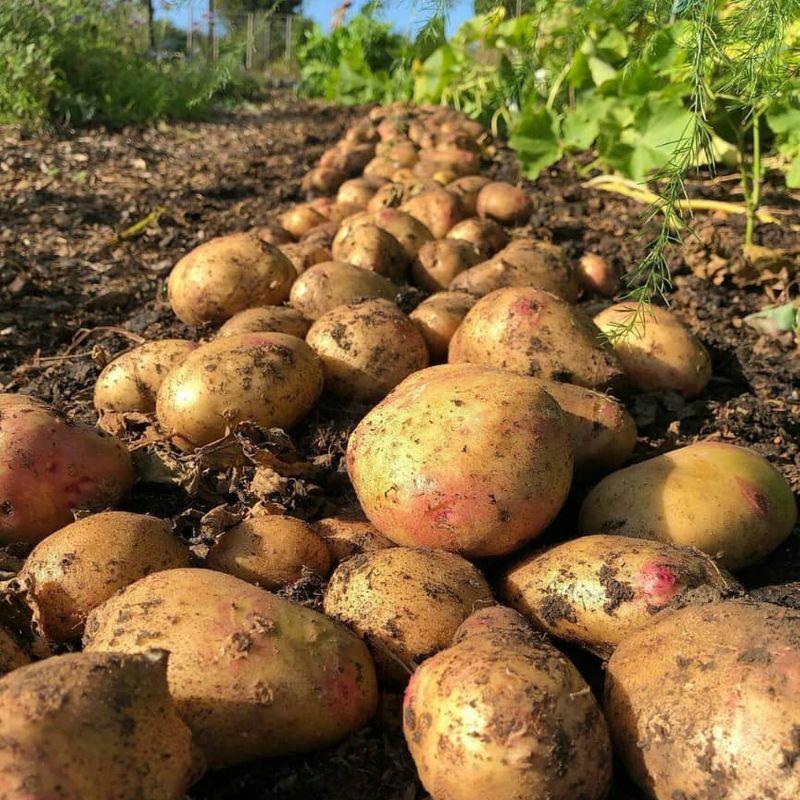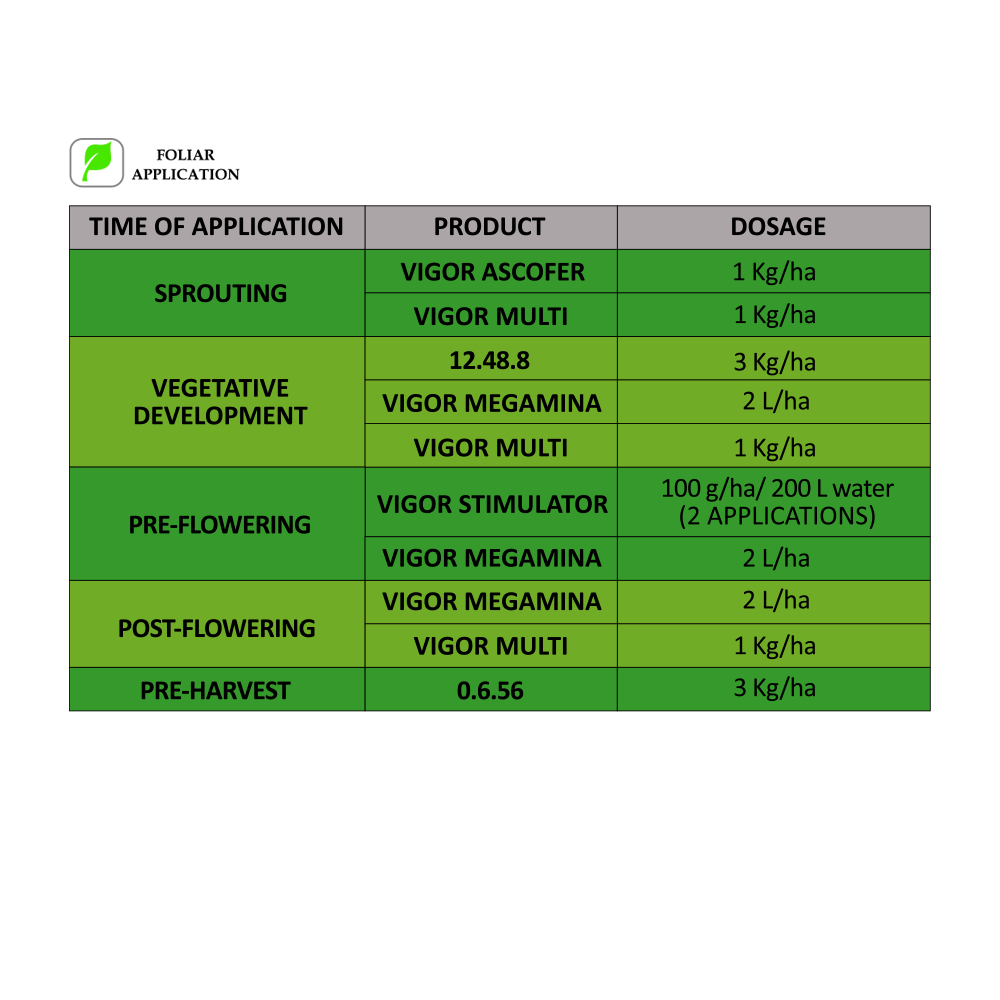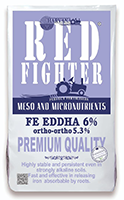Irrigation and Fertilization Plans

Irrigation method is an important consideration in irrigation scheduling. For potatoes, the leading irrigation method is sprinkler irrigation of hilled rows. Furrow irrigation is still widely used worldwide. Drip irrigation is an option as the agricultural community has gained familiarity with the system.
Irrigation scheduling
Potatoes are water-stress-sensitive crops. Tuber market grade, tuber specific gravity, and tuber processing quality are all critically influenced by water stress during tuber bulking. The incentives for a grower to maintain a precise irrigation schedule to keep the soil water potential within a narrow range of values are significant.
• Underirrigation leads to losses in tuber quality, market grade, total yield, and contract price.
• Overirrigation leads to erosion, disease susceptibility, water loss, extra energy costs for pumping, N leaching, increased crop N needs, and tuber loss in storage.
Water potatoes regularly, especially during warm, dry spells, and keep the soil weed free. As the potato plants grow, use a spade or hoe to cover the shoots with soil to stop the developing tubers becoming green and inedible. This is called ‘earthing up’. Leave the top few centimetres poking out the top. As plants continue to grow you will need to earth them up again.
Recommended Soil Water Tension (SWT)
For drip-irrigated potatoes on silt loam, tuber growth and grade are maximized if plants are irrigated when SWT at the 8-inch depth reaches
30 centibars (cb) (Shock et al., 2005a). Note that lower numbers indicate wetter soil (0 cb = saturated; 100 cb = dry). This recommendation is based on several factors.
After tuber initiation, even small amounts of water stress can result in decreased tuber grade, decreased specific gravity, or increased incidence of dark-end fry colors. Delaying drip irrigation until the soil dries to 45 cb has been shown to reduce tuber yield and grade (Shock et al., 2002).
With sprinkler irrigation, a single episode of water stress (SWT drier than 60 cb on silt loam) can reduce tuber grade and specific gravity and increase the occurrence of dark-ends at harvest. Overly dry soil, especially during the early stages of tuber development, also favors common scab (Streptomyces scabies). Average readings at the 8-inch depth must remain below 60 cb in order to avoid permanent damage to developing potato tubers.
Irrigation at 15 cb on silt loam results in excessive use of water and swollen lenticels. Yield reductions due to overirrigation can be attributed to poor soil aeration, increased susceptibility to rots and diseases, and leaching of N from the shallow root zone.
Chemigation
Irrigation and fertilization should be managed together to optimize efficiency. Chemigation through drip systems efficiently deposits chemicals in the root zone of the receiving plants (Schwankl and Prichard, 2001). Because of its precision of application, chemigation can be safer and use less material than spray applications. Several commercial fertilizers and pesticides are labeled for delivery by drip irrigation. Injection pumps with backflow prevention devices are necessary to deliver the product through the drip lines. These pumps allow for suitable delivery rate control. Backflow prevention protects both equipment and the water supply from contamination. Other safety equipment may be required.






